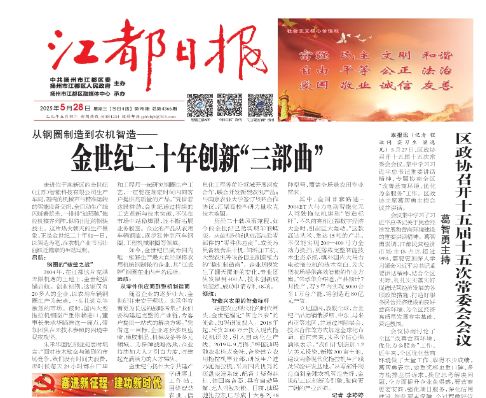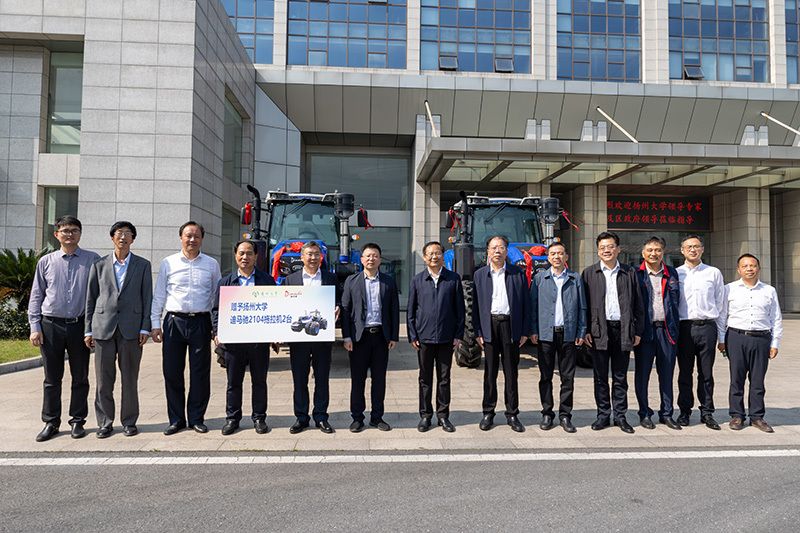Do you know about wheel hubs? Wheel hub selection and maintenance
2023-02-10
Wheel hubs are categorized by diameter and width, resulting in numerous types based on these and material differences. Some car owners find their original tires unsatisfactory and seek upgrades, often involving increased width, lower profile, larger diameter, and different materials. If a hub change is necessary, it's considered a wheel hub modification.
I. What types of wheel hubs are there?
Different surface treatment processes are used for wheel hubs, mainly baking paint and electroplating.
1. Baked paint wheel hubs are moderately priced and durable.
Ordinary vehicle wheel hubs prioritize heat dissipation, generally using a baked paint process—spraying followed by baking. This is cost-effective, producing vibrant and long-lasting colors that remain even after vehicle disposal.
Many mass-market vehicle wheel hubs use baked paint, including stylish and dynamic colored wheel hubs. These hubs offer moderate prices and a full range of specifications.
2. Electroplated wheel hubs have a wide price range.
Electroplated wheel hubs include silver plating, water plating, and pure electroplating. While silver and water plating offer bright colors, their durability is shorter, resulting in lower prices, appealing to those seeking novelty.
Pure electroplated wheel hubs offer long-lasting color and high quality, often standard on mid-to-high-end vehicles.
Wheel hubs are also categorized into two main types by material: steel and alloy.
3. Steel wheel hubs are characterized by simple manufacturing, low cost, and strong resistance to metal fatigue—inexpensive and robust. However, they have drawbacks such as unattractive appearance, heavy weight, high inertia resistance, poor heat dissipation, and susceptibility to rust.
4. Alloy wheel hubs are lighter, have lower inertia resistance, high manufacturing precision, and minimal deformation at high speeds, improving vehicle straight-line performance, reducing tire rolling resistance, and lowering fuel consumption.
Alloy materials have about three times the thermal conductivity of steel, facilitating heat dissipation and benefiting the braking system and tire/brake system heat decay.
Currently, most factory alloy wheel hubs use aluminum alloy. Many modified hubs, however, use chromium, titanium, or other elements to meet specific requirements and enhance visual appeal.
Compared to steel wheel hubs, alloy wheel hubs are significantly more expensive. Therefore, steel wheel hubs are often found in lower-end factory vehicles, while alloy wheel hubs are standard in higher-end models.
2. Confirmation of production line standard parts brands.
3. Confirmation of production line consumable parts and accessories.
4. Confirmation of production line inspection standards.
5. Approval of the plan by both parties.
6. Price confirmation, contract confirmation, confirmation of follow-up personnel from both sides, order placement, production, and delivery
Recommended News
Contact Us
Minister Song:15621633555
Address: No. 128, Shuntai East Road, Jiangdu Foreign Trade Industrial Park, Yangzhou City




